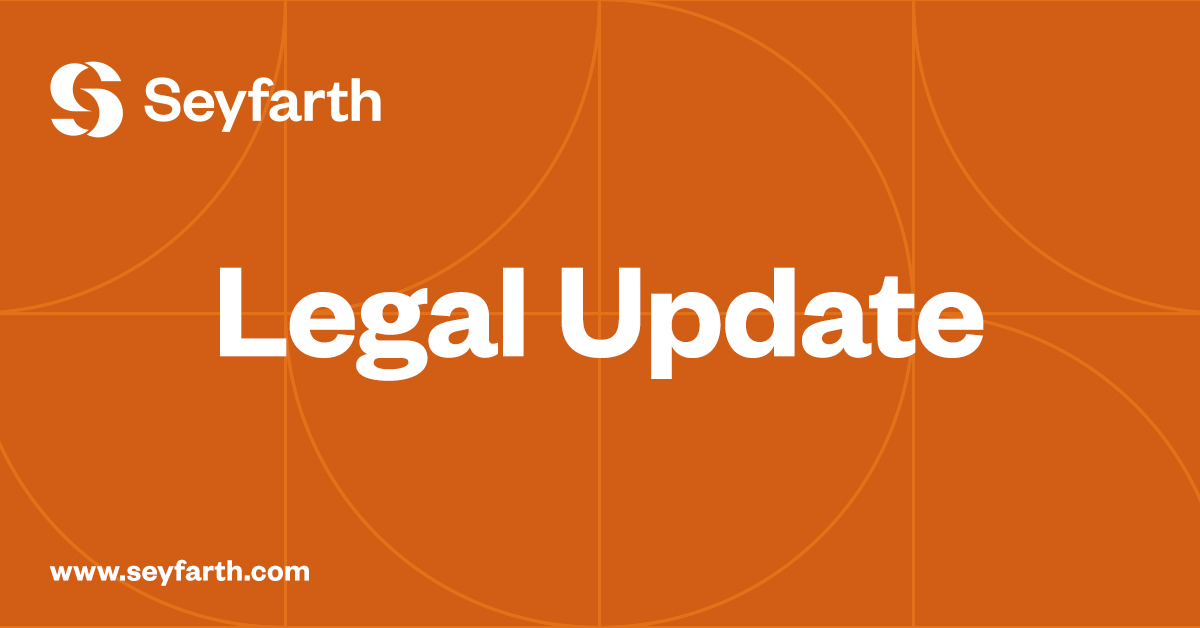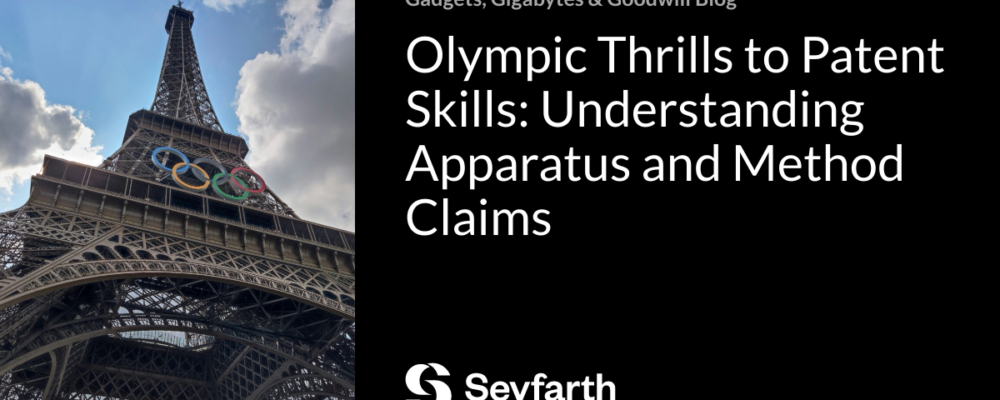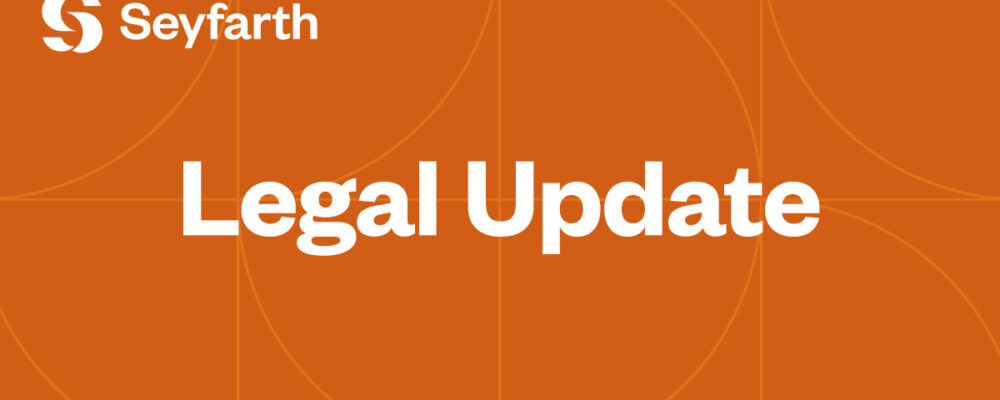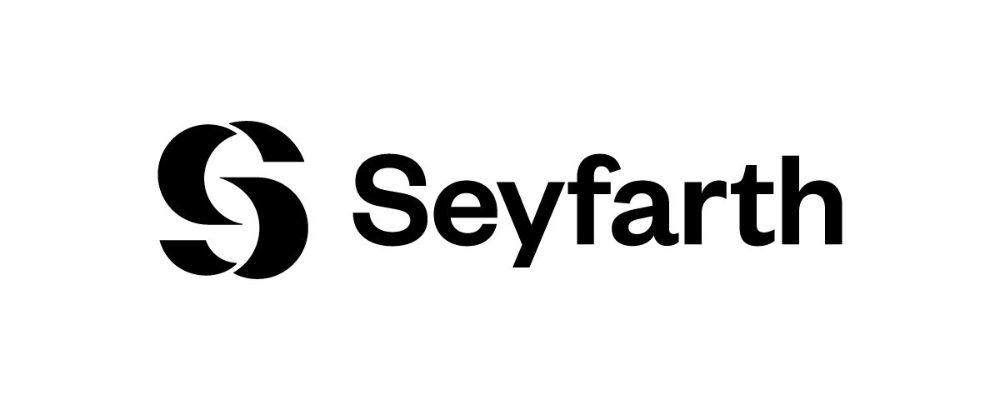What You Need to Know:
- Governor Kathy Hochul approved the Fiscal Year 2025 New York State Budget (the “NYS 2025 Budget”) on April 20, 2024.
- Several leave-related topics affecting private employers are impacted by the NYS 2025 Budget.
- Most notably, a new paid prenatal personal leave entitlement was added to Section 196-b of the New York Labor Law, i.e., the New York State Paid Sick Leave Law. Beginning January 1, 2025, employers must provide at least 20 hours of paid prenatal personal leave each year in addition to the existing statutory paid sick leave entitlement.
- Additional budget components impacting employee leave in New York State include: (i) a July 31, 2025 sunset date for COVID-19 leave under the New York State COVID-19 Emergency Leave Law; and (ii) the introduction of a paid lactation break requirement under Section 206-c of the New York Labor Law.
After much anticipation, New York State lawmakers approved the NYS 2025 Budget, which was signed by Governor Kathy Hochul on April 20, 2024 and enacted through two sets of legislation – S08305C (and its companion A08805C) and S08306C (and its companion A08806C). Collectively, the NYS 2025 Budget includes several noteworthy changes to the paid leave landscape in New York. These changes are summarized below.
- Paid Prenatal Personal Leave: Effective January 1, 2025, Section 196-b of the New York Labor Law will require employers to provide paid prenatal personal leave (“PPPL”). This is a new leave entitlement under the existing New York State Paid Sick Leave Law.[1] Key aspects of the new provision include:
- Amount of Leave: 20 hours of PPPL during any 52 week calendar period.
- Covered Reasons for Use: For employees to receive health care services during their pregnancy or related to such pregnancy, including physical examinations, medical procedures, monitoring and testing, and discussions with a health care provider related to pregnancy.
- Interplay with Paid Sick Leave: PPPL will be in addition to the sick leave provided under the New York State Paid Sick Leave Law. Thus, employees eligible for PPPL will be entitled to use up to a total of either 60 hours or 76 hours, depending on employer size, of combined PPPL and Paid Sick Leave in a given year.
- Increments of Use: PPPL may be taken in hourly increments.
- Rate of Pay: PPPL must be paid at the employee’s regular rate of pay, or the applicable minimum wage under New York State law, whichever is greater. Further, PPPL benefits must be paid in hourly installments.
- No Payout Upon Separation: Like New York Paid Sick Leave, unused PPPL need not be paid out upon an employee’s separation from employment.
- Confidentiality, No Retaliation, Job Restoration: The NYS 2025 Budget further amends the New York State Paid Sick Leave Law by adding PPPL references to existing provisions prohibiting (a) disclosure of confidential information or records, (b) retaliation or discrimination, and (c) failure to restore an employee to the position of employment, with the same pay and other terms and conditions, that they held prior to taking covered leave.
The remaining sections of the New York State Paid Sick Leave Law, also found in Section 196-b of the New York Labor Law, remain unchanged. Thus, it is likely that the following definitions from the Paid Sick Leave Law also apply to the new PPPL entitlement:
-
- Employee: All private-sector employees in New York are covered under the New York State Paid Sick Leave Law, including part-time employees.
- Note: Despite this potentially applicable broad definition of employee and pending further guidance from the State, it appears that PPPL is only available to an employee who is pregnant and receiving prenatal care.
- Employer: The term “employer” is broadly defined for Paid Sick Leave purposes and includes any person, corporation, limited liability company, or association employing any individual in any occupation, industry, trade, business or service.
- Employee: All private-sector employees in New York are covered under the New York State Paid Sick Leave Law, including part-time employees.
The NYS 2025 Budget is silent as to a number of substantive topics related to employees’ forthcoming PPPL entitlement, including, but not limited to, treatment of new hires, documentation, employee notice to the employer, balance notification, and treatment of unused PPPL at year-end. Carryover of unused PPPL at year-end seems unlikely based on the nature of the leave and the permitted reasons for use.
- COVID-19 Leave Sunset Date: Currently, the New York State COVID-19 Emergency Leave Law provides employees with paid COVID-19 leave when subject to a mandatory or precautionary order of quarantine or isolation due to COVID-19. The amount of paid time off to which employees are entitled under this mandate has recently changed in light of the CDC ending its recommended five-day isolation period following a positive COVID-19 test. For additional information on New York COVID-19 paid sick leave entitlements, please see our prior alerts here and here.
Importantly, the NYS 2025 Budget set the sunset date for New York State COVID-19 leave as July 31, 2025. After this date, COVID-19 leave under the Emergency Leave Law will no longer be available. Employees may continue to use other qualifying paid leave, such as New York Paid Sick Leave, for COVID-19-related reasons.
- Paid Break Time to Express Breast Milk: Prior to the passage of the NYS 2025 Budget, New York employees were entitled to reasonable unpaid break time to express breast milk at work. As of June 19, 2024, Section 206-c of the New York Labor Law will require employers to provide an additional paid 30-minute break along with existing paid break time and unpaid meal time, for the employee to express breast milk at work. Employees may take such paid break time for up to three years following child birth.
We will continue to monitor the State’s implementation of the NYS 2025 Budget, including its impact on various leave-related entitlements and potential forthcoming regulations and administrative guidance.
With the New York State employment law and national paid leave landscape continuing to expand and grow in complexity, we encourage companies to reach out to their Seyfarth contact for solutions and recommendations on addressing compliance with these laws and paid leave requirements more generally. To stay up to date on paid leave developments, please click here to sign up for Seyfarth’s Paid Leave mailing list. Companies interested in Seyfarth’s paid sick leave laws survey should reach out to paidleave@seyfarth.com.
[1] For more information on the New York State Paid Sick Leave Law, see our prior Legal Updates here, here, here and here.
“With approximately 900 lawyers across 17 offices, Seyfarth Shaw LLP provides advisory, litigation, and transactional legal services to clients worldwide.”
Please visit the firm link to site






